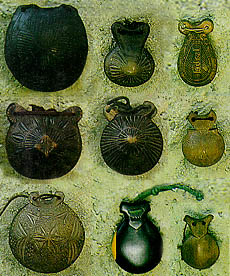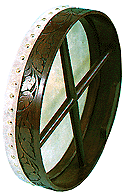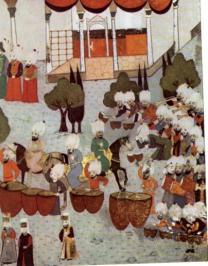
Percussion instruments are the second oldest instrument in the world after the voice. They make up the largest and constantly growing family of instruments. Anything you can hit something to cause an audible sound is a percussion instrument. They also make up the instruments used in the oldest form of orchestra, the Gamelan, from China; which consists primarily of gongs, bells, and drums.











